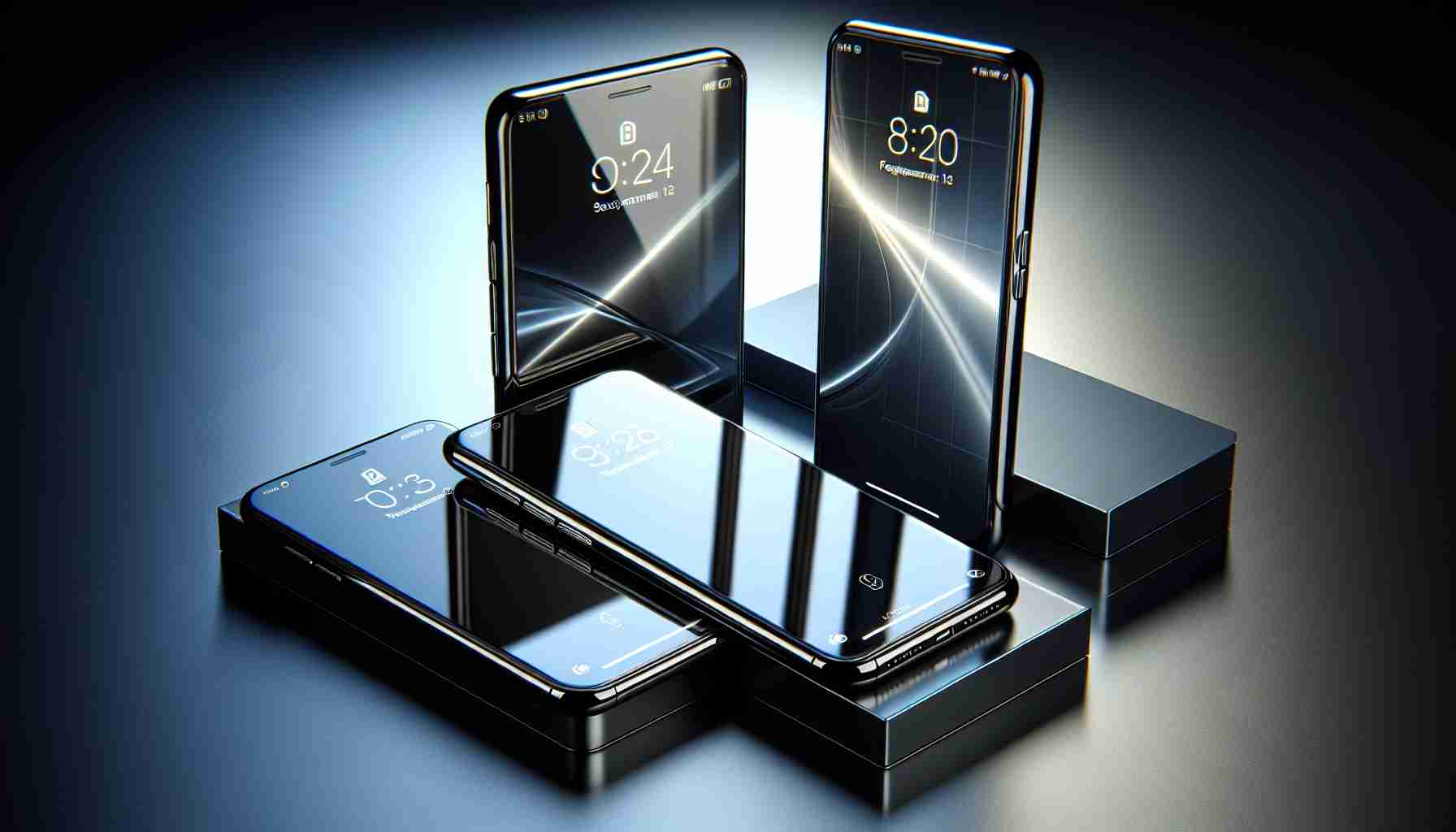When people are in the market for a new smartphone, Apple, Samsung, and Xiaomi tend to emerge as the most common favorites. Each of these brands boasts distinct aesthetics along with a different set of internal specifications. Here’s an overview of what sets the iPhone 15, Samsung Galaxy S24, and Xiaomi 14 apart, helping you decide which smartphone reigns supreme.
Display & Design
The Xiaomi 14 offers an exceptional display with a resolution higher than its competitors, along with a large 6.36-inch screen. While the Galaxy S24 presents a slightly smaller 6.2-inch display, it wins in terms of screen-to-body ratio. The iPhone 15, with its 6.1-inch panel, features the least impressive display specifications among the three, highlighting a modest 60Hz refresh rate compared to the 120Hz offered by Xiaomi and Samsung. All three models boast strong screen protection and IP68 water and dust resistance, and each has its unique display enhancements: Xiaomi and Samsung with their Always On Display, and Apple with its Dynamic Island—a feature for rapid device management.
Power & Performance
Under the hood, the Xiaomi 14 sports the powerful Qualcomm Snapdragon 8 Gen 3 processor and offers up to 16GB of RAM, outclassing its adversaries in performance benchmarks. The Galaxy S24 is powered by Samsung’s Exynos 2400, and the iPhone 15 relies on Apple’s A16 Bionic processor. Memory options vary among the devices, with Xiaomi offering the largest capacity up to 1TB of storage.
Imaging Capabilities
The cameras on these smartphones are remarkable across the board, yet each has its nuances. The Xiaomi 14’s collaboration with Leica results in a stunning 50MP main sensor. The Galaxy S24’s balanced camera suite delivers quality images in various lighting conditions, and the iPhone 15 impresses with its sharp, colorful photos, although it lacks a telephoto lens.
Battery Life & Charging
Xiaomi also leads in battery technology with a 4610mAh capacity and rapid 90W charging. The Samsung Galaxy S24 features a decent 4000mAh battery, surpassing the iPhone 15’s 3349mAh. Both the Galaxy S24 and the iPhone have similar half-charge times, though the Galaxy boasts a faster overall recharge time.
Operating System Updates
The operating systems are as diverse as the hardware. The Galaxy S24 and Xiaomi 14 run on Android 14, with their proprietary skins of One UI 6.1 and HyperOS 1.0 respectively. Meanwhile, iPhone 15 operates on iOS 17, promising extended software support of up to seven years from the date of purchase.
Sound quality is uniform across the models, all supporting Dolby Atmos through their stereo speakers. Each brand has thrown in its assertive features such as Samsung’s AI enhancements and Xiaomi’s combination of Leica cameras and a huge, bright display. For the iPhone 15, its hallmark is the Dynamic Island, an innovation in user interaction.
With cutting-edge specs and unique offerings, choosing the right smartphone becomes a matter of preference for features, ecosystems, and design.
Certainly, analyzing the top contenders in the smartphone arena involves a comprehensive look at each device’s strengths and weaknesses. Here are some additional facts, key questions, and challenges or controversies related to iPhone 15, Galaxy S24, and Xiaomi 14, along with their advantages and disadvantages:
Additional Facts:
– Each brand has a loyal user base which often sways purchasing decisions based on familiarity with the operating system (iOS for Apple, Android for Samsung and Xiaomi).
– Connectivity options such as 5G support, Wi-Fi 6E, and Bluetooth 5.x versions could influence decisions for consumers looking for the latest and fastest connections.
– Environmental impact and sustainability practices of each company may be important to eco-conscious consumers.
Key Questions:
1. How does the camera performance of each device compare in practical usage scenarios beyond just the specification sheet?
2. What are the actual on-screen time and battery longevity for an average user?
3. How effective is each brand’s after-sales service and support network?
Challenges or Controversies:
– Critics often highlight the environmental and ethical concerns related to the manufacturing and disposal of smartphones.
– Some users have privacy concerns, especially regarding how different brands handle data security and user information.
– Price versus performance ratio is a common challenge as consumers demand high-end features without a proportional increase in cost.
Advantages and Disadvantages:
– iPhone 15: Known for a cohesive ecosystem that works seamlessly with other Apple products; however, its closed system can be limited for customization.
– Galaxy S24: Offers a flexible and customizable Android experience with expandable storage and multitasking capabilities; although software updates may not be as long-lasting as Apple’s.
– Xiaomi 14: Typically provides high-end features at a more affordable price, but may not have the same level of global customer service support as Apple and Samsung.
Suggested Related Links:
– For Apple visit Apple
– For Samsung visit Samsung
– For Xiaomi visit Xiaomi
When deciding between the iPhone 15, Galaxy S24, and Xiaomi 14, it is crucial to consider not just the technical specifications but personal preferences, brand loyalty, and long-term usability. Choosing the “best” smartphone will depend heavily on individual needs and priorities rather than on a one-size-fits-all metric.
